Pair of French late 18th century Louis XVI style gilt-ormolu-mounted, ebonized, veneer and marble inlaid monumental pedestal after the masterpiece model by Jean-Henri Riesener circa. 1785
Ref#ST-696 | Description
A royal and most prestigious pair of French late 18th century Louis XVI style gilt-ormolu-mounted, ebonized, veneer and marble inlaid monumental pedestal stand after the important masterpiece model by the master ébéniste Jean-Henri Riesener circa.1785;
Surmounted with a leveled canted corners inset marble top within an ebonized protruding canted corners cornice ornamented with ormolu foliate leaves and beaded ormolu bands; the recessed canted corners frieze below is embellished with finely chiseled ormolu mounts of scrolling Greek Keys issuing suspending swaging bay leaf garlands and scrolling acanthus leaves with a beaded encadrements and flanked by fluted gilded canted corners decorated with ormolu chandelles; all above another ormolu beaded trim;
The central body of tapering form is ebonized, sans traverse veneer inlaid and marble mounted in fabulous harmony, the central front part is adorned with an exquisitely hand chiseled large ormolu mount of a suspending ribbon-tied blossoming foliage and blowing musical instruments on the marble background enframed with a hammered ormolu band and flanked by an ebonized canted corners accented with striking long ormolu chutes of acanthus volute leaves elongated with imbricated ormolu leaves and framed with ormolu beaded band; the body terminates in concave form resting below on ravishing scrolling acanthus-sheathed ormolu paw feet; The concave sides plinth below is resting on beautiful acanthus ormolu toupie feet and surmounted with an inset marble top of the same form with a hammered ormolu band on the edge, square ormolu rosettes and scrolling foliage ormolu mount to the front, all within ormolu hammered encaderements.
The original pedestal attributed to Jean-Henri Riesener was received by Master in 1768 and executed in 1785, now in the permanent collection of the Musée du Louvre in Paris. This was one of the most popular of the 18th century models admired by the finest cabinetmakers in the second half of the 19th century and it is interesting to note that a barometer version, also in the Louvre, was made by the cabinetmaker Guillaume Grohé in the mid-19th century. François Linke also reproduced this model under archive number 852.
Along with André-Charles Boulle and Charles Cressent, Riesener was arguably one of the three greatest French ébénistes of the 18th century. As a young man, he entered the workshop of Jean-François Oeben (maître in 1761 but previously active as an ébéniste du Roi), eventually taking over the workshop after Oeben's death in 1763, and marrying his widow some four years later. He is renowned for having completed the famous bureau du Roi Louis XV, designed and started by Oeben and made with the collaboration of another young apprentice in the workshop, Jean-François Leleu.
Ref#ST-696
H:155 x W:56 x D:36cm
Louis XVI Style | Jean-Henri Riesener
Jean-Henri Riesener
Jean-Henri Riesener, (born July 4.1734, Gladbeck, Münster [Germany]—died Jan. 6.1806, Paris, France), the best-known cabinetmaker in France during the reign of Louis XVI. Riesener was the son of an usher in the law courts of the elector of Cologne. After moving to Paris he joined the workshop of Jean-François Oeben in 1754, and, when Oeben died in 1763, Riesener was put in charge of the workshop and later married his master’s widow.
He made his name by completing and delivering to Louis XV the famous bureau du roi (“king’s desk”), begun by Oeben. In 1774 he was made royal cabinetmaker and from then onward was the regular supplier of furniture to the queen, Marie-Antoinette. Although he was one of the most versatile of cabinetmakers, his services were in little demand during the French Revolutionary period because of his political status.
Riesener used both European and exotic woods, with a preference for mahogany; he occasionally used lacquer and mother-of-pearl to enrich the surfaces of his works. His finished style was pure Louis xvi, with its rectilinear side view and harmonious ornamentation.

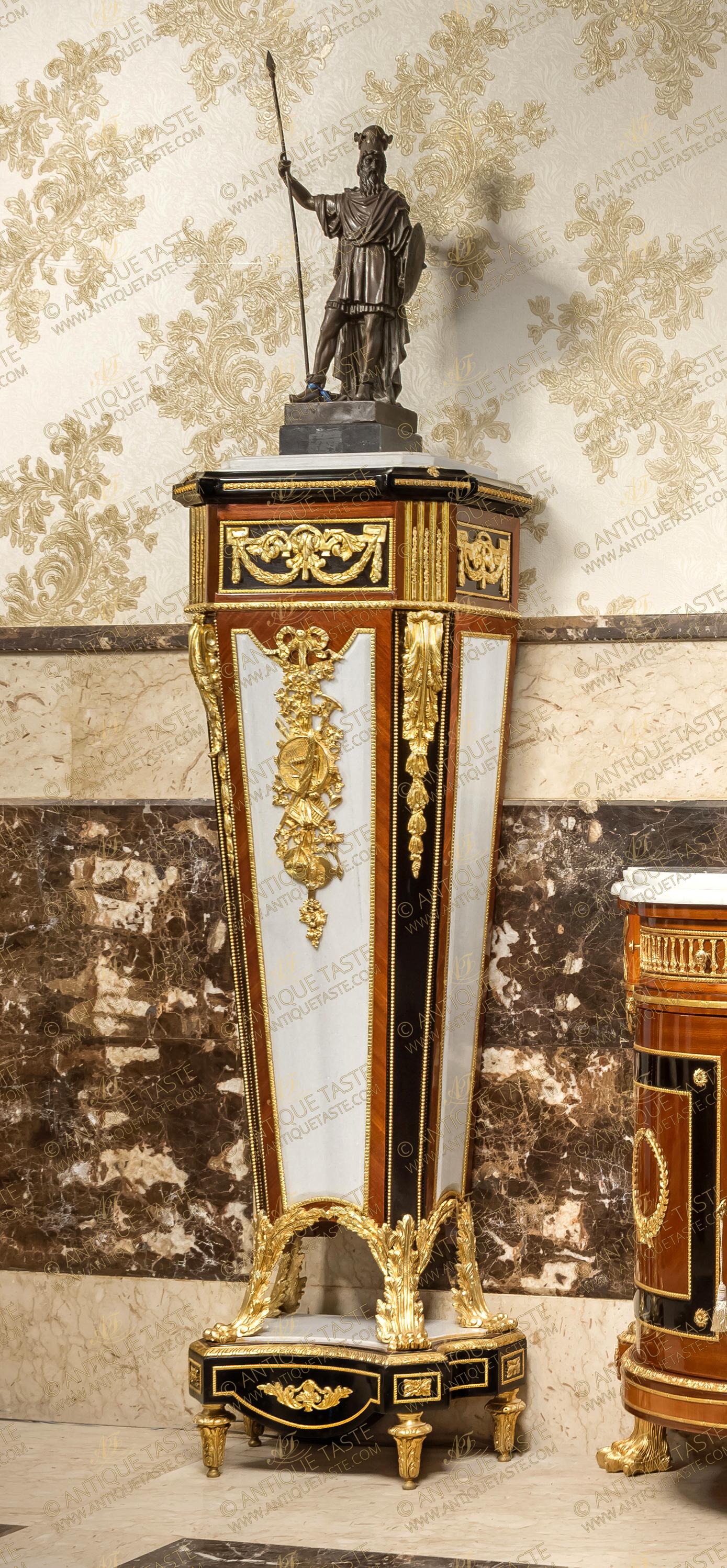
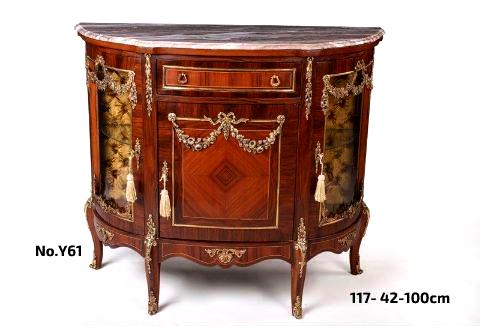
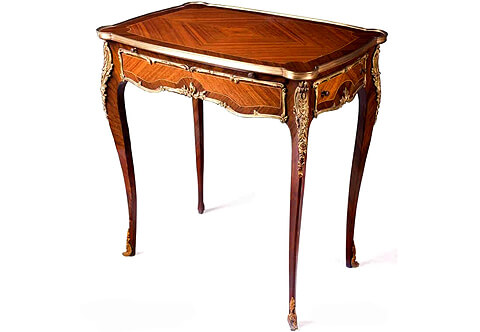
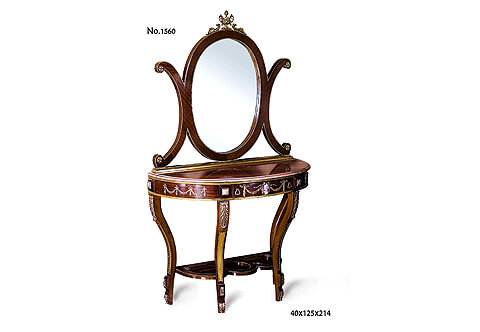
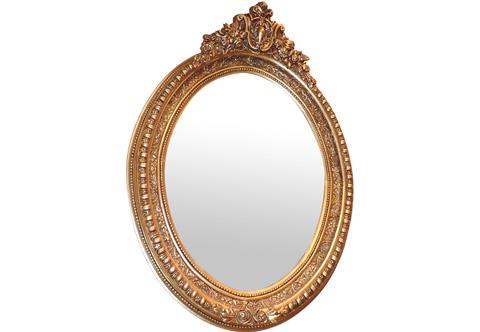
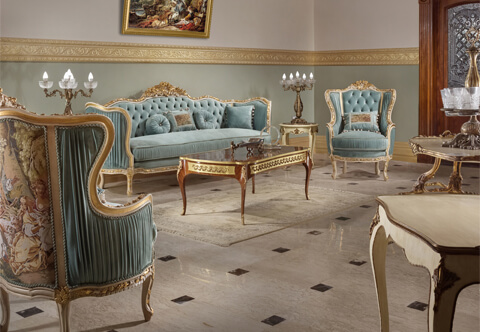
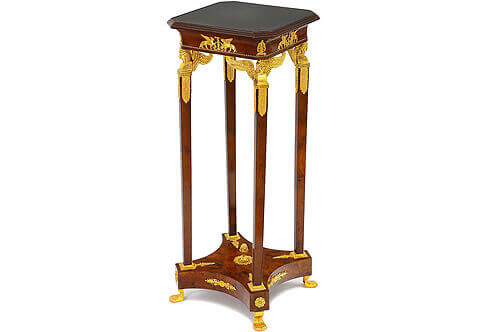
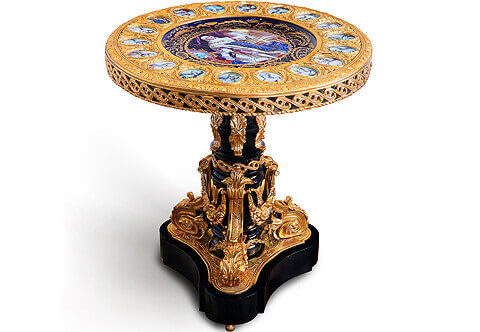
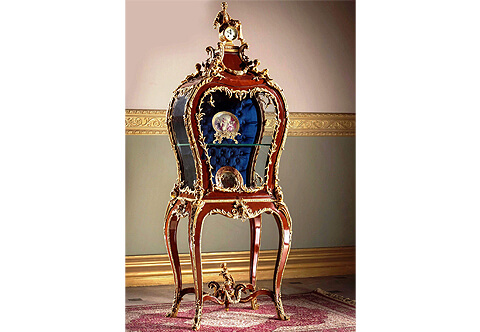
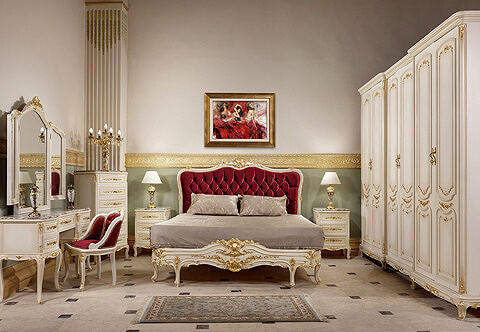
-s.jpg)